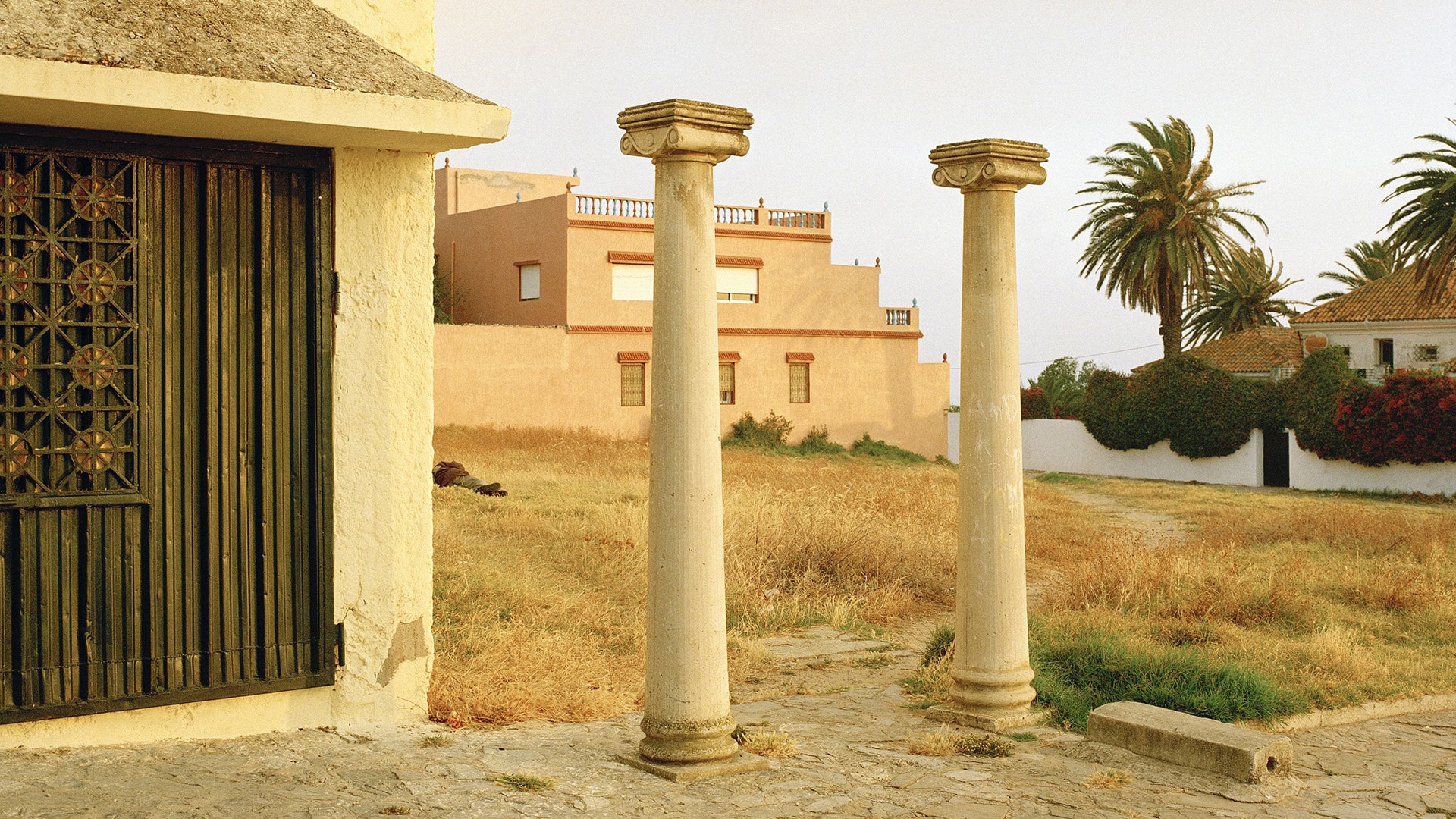With On That Day, photographers are invited to tell the story behind one of their photographs. Today, photographer Marco Barbon tells the story of a stop at the Phoenician tomb in Tangier.

You’re getting blind.
Don’t miss the best of visual arts. Subscribe for $9 per month or $108 $90 per year.
Already suscribed ?



